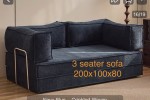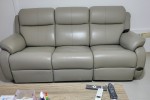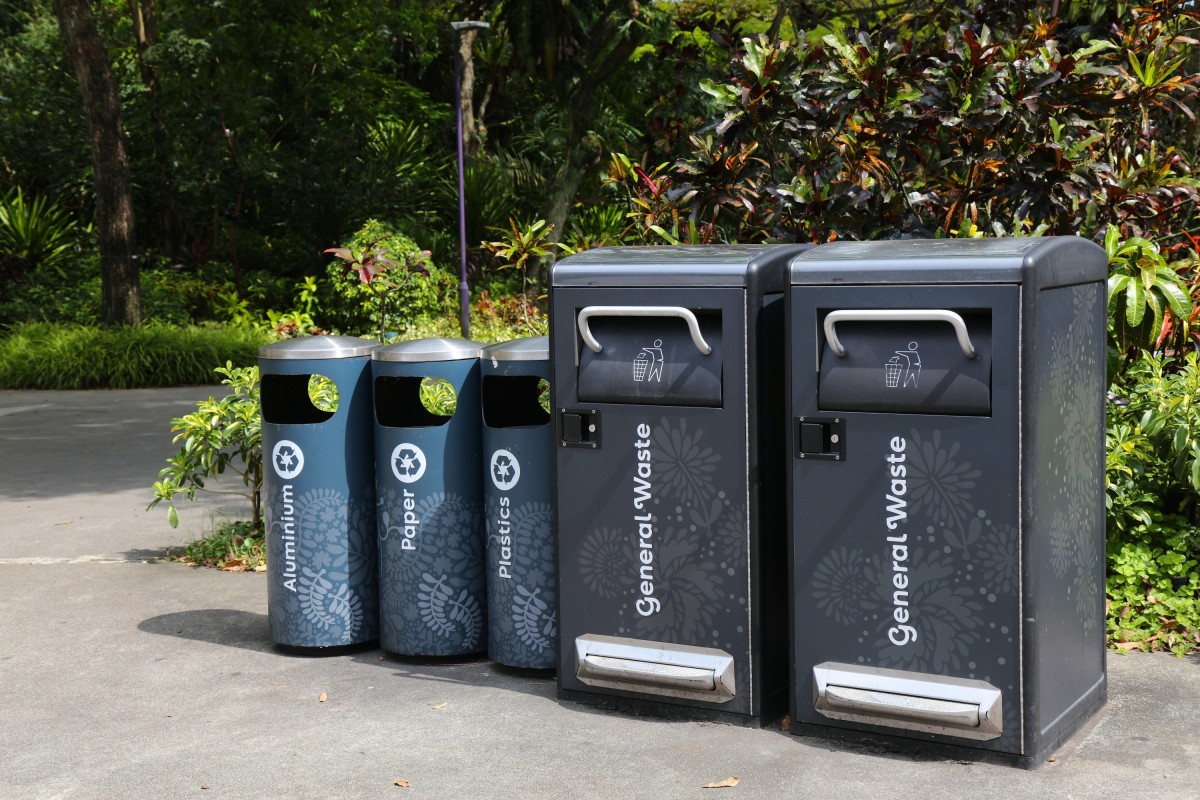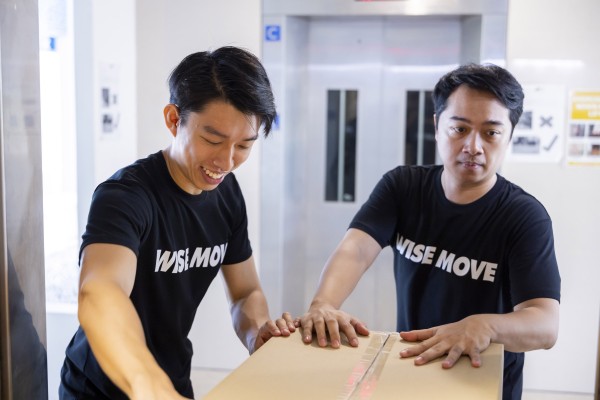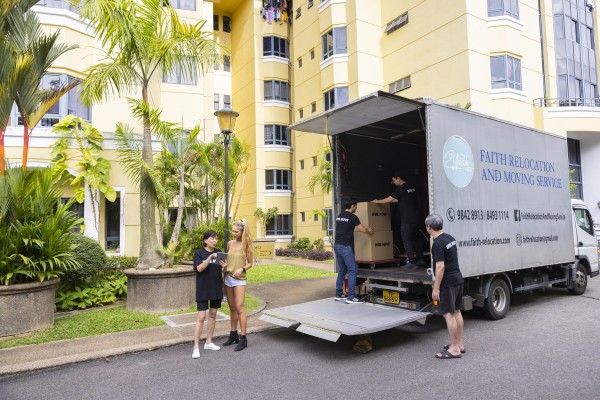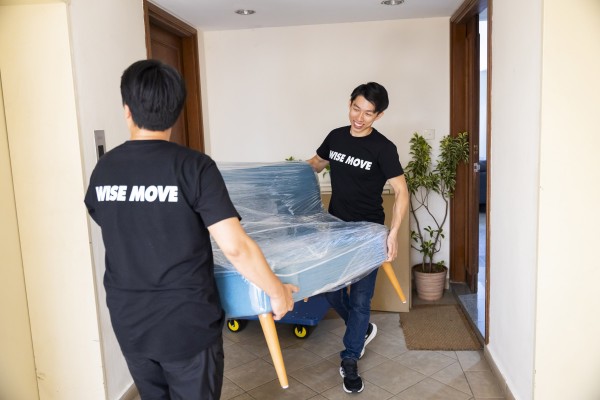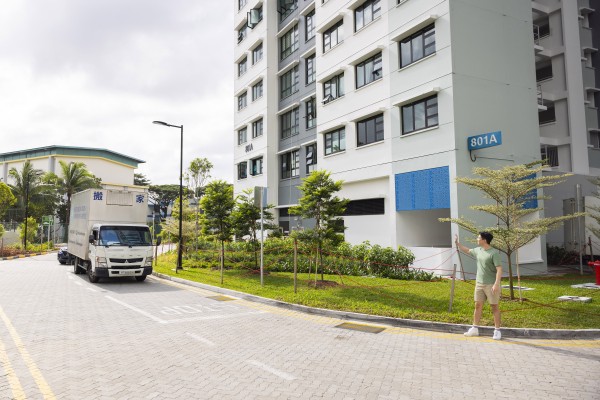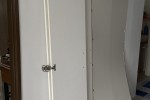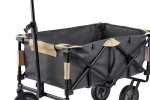What is a Cubic Metre: The Singapore Edition


If you’ve been planning for your house move, you may have seen the term “cubic metre” when filling in forms or browsing moving companies online. Used frequently as a unit of measurement of space, you need to know how to calculate it when booking moving vans or storage units for your big move.
(In Singapore, you may also come across volume measurements in “tonnes”. 1 ton is approximately 2.83m3, or you can use an online converter here if you need to do the conversion.)
For those of us who are mathematically challenged and everyone else who’s in the midst of planning a move, this quick and straightforward guide is for you!
We tell you how to calculate a cubic metre, how to measure your furniture in cubic metres, an estimate of how much space common household items take up in cubic metres, and even the best truck size for your move.
What is a cubic metre?
Very simply put, it is a unit of volume that represents the amount of space an object takes up, in three dimensions: length, width, and height. So, one cubic metre of space measures exactly 1 metre in length, 1 metre in width, and 1 metre in height.
Calculating this is easy.
Measure the object’s length, width, and height, and multiply these three measurements together, to get its volume in cubic metre.
For example, if you have a sofa that is 3 metres long, 2 metres wide, and 1 metre tall, its volume would be 6 cubic metres (3m x 2m x 1m).
What else does a cubic metre refer to in Singapore?
In Singapore, a cubic metre is also frequently used as a unit of measurement for water! It refers to the volume of water that can fit into one cubic metre of space, which is equivalent to 1 litre of water.
So don’t be surprised when you see your water bill measuring your water consumption in cubic metres.
How do I calculate a cubic metre?
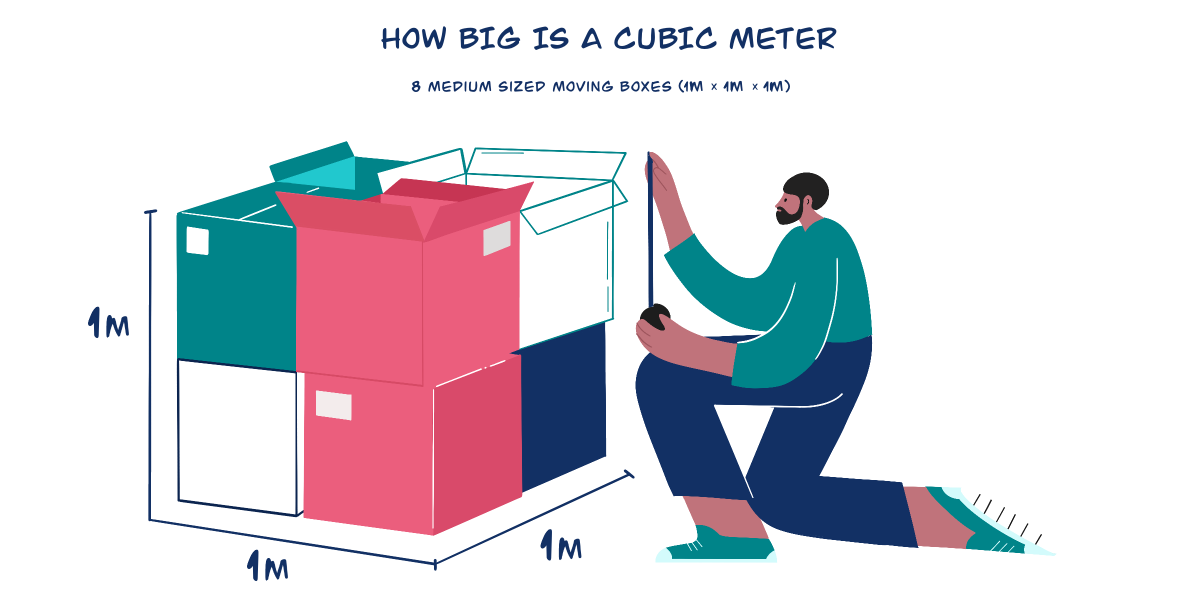
Don’t let the sound of the “cubic metre” deter you from learning to calculate this by yourself.
It’s really simple when you break it down. Firstly, measure the item’s length, width, and height. Record them all down, and multiply the three figures together. This is your item’s volume in cubic metre, also written as m3.
You can also use our volume calculator to get a rough estimate of the total volume your move will require, based on volume estimates of these common household items.
How much fits into a cubic metre?
Since we’re looking at the cubic metre from the perspective of moving, the easiest way to visualise it is in terms of moving boxes, which you will be using a lot of when you move.
Moving boxes are a very efficient way to maximise your cubic area allowance. After all, because they are cuboids, they can be stacked neatly so that every bit of space is used up.
About eight medium sized moving boxes (typically measuring 50cm x 50cm x 50cm in Singapore) can fit into 1 cubic metre.
The weight doesn’t affect the volume, so you can definitely pack those boxes tighter!
How to calculate furniture volume in cubic metres?

Furniture–like your sofas, beds, chairs, and tables–cannot be stacked neatly atop each other, nor do they come in perfect cuboids. Many pieces of furniture are somewhat oddly shaped too.
Don’t worry, it’s still not difficult to calculate the volume of your furniture in cubic metres: just measure its length, width, and height, and multiply these values together.
No matter how oddly shaped your furniture is, taking these three simple measurements at their greatest points and multiplying them with each other will give you your furniture’s volume in cubic metres.
For example, if your dining table measures 0.8m in height, 1m in width, and 1m in depth, its volume in cubic metres will be 0.8m3 (0.8 x 1 x 1).
How much space do these common household items in these rooms take up in cubic metres?
All these figures starting to swim around in your head a bit? We hear you. Let’s help you put things in perspective, with this list of common household items and how much space they require, to help you gauge how much space you’ll need to plan for when booking a moving truck or looking for a storage unit.
Living Room
Total: 3.2m3
Dining Room
Total: 0.74m3
Kitchen
Total: 2.25m3
Bedroom
Total: 6m3
Bathroom
Total: 1.18m3
Office
Total: 1.47m3
What vehicle size do I need for my move?
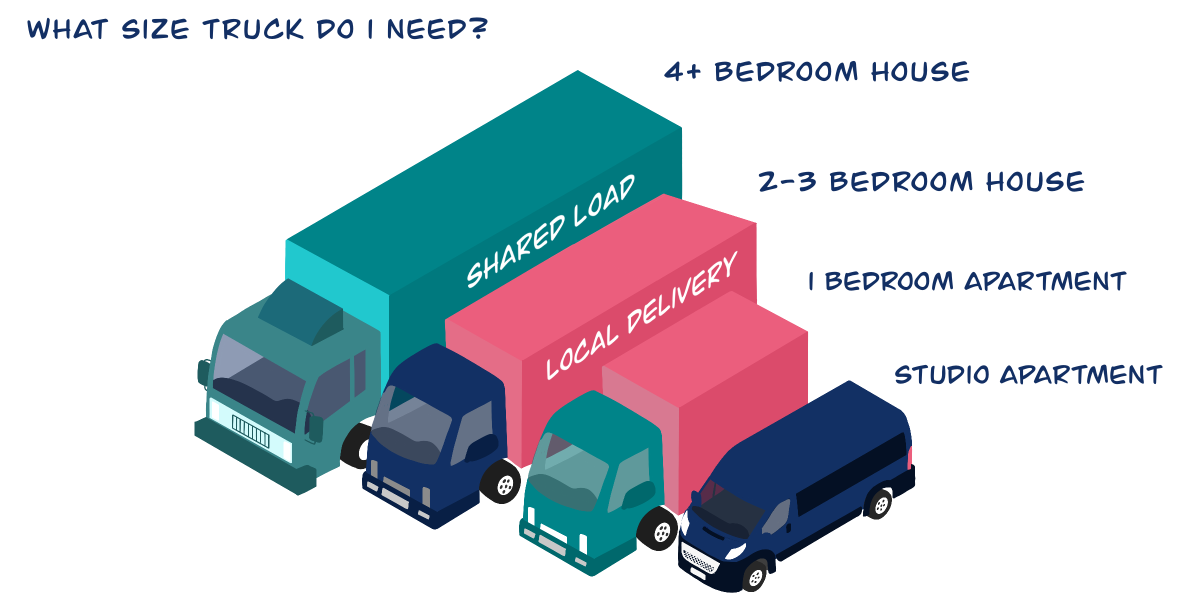
In Singapore, moving companies typically offer the following vehicles for your move: van, 10-foot lorry, and 14-foot lorry. There’s also a 24-foot lorry option, if you have a complicated move to execute.
Here’s the capacity of each type of vehicle:
Van
These 2.4m moving vans can store more than they let on! With a capacity of about 3.35m3, you can easily move an entire room from your home in a van.
However, these vans have a maximum height limit of 1.4m, so you’ll need to take this into consideration when measuring your items and planning your move.
10ft Lorry
With an estimated capacity of about 4.2m3, this lorry is suitable for simple house moves with one bedroom or less. Most of your home’s largest appliances like a refrigerator, washing machine, and queen-sized beds can fit comfortably.
14ft Lorry
The capacity of a 14-foot lorry is approximately 7m3, which makes it great for moving lots more stuff, like an additional two bedrooms’ worth of furniture!
24ft Lorry
If your move is a bit more complicated–like an office move or if you’re moving multiple locations–and you need a larger lorry, you can ask for a 24-foot lorry. In Singapore, this is usually the largest lorry you can easily rent.
Do note however that many homes and buildings in Singapore may not be accessible to such large and heavy vehicles.
Moving companies will then advise you accordingly, and may even suggest that you rent an additional smaller van or lorry to ferry batches of items to your lobby from the big vehicle which may have to be parked some distance away.
Are there regulations in Singapore?
Moving companies in Singapore are generally well-versed with house moves in Singapore, so you’re in safe hands. But it’s good to know what you’re dealing with so you can keep tabs on everything, to make your move a good one.
If you’re moving into a government-built HDB flat, the thing you’ll want to take note of is that HDB car parks may be tight to manoeuvre for larger vehicles. Added to that, lorries will most probably not be able to enter multi-storey or basement carparks, so the driver will have to park the vehicle at the loading/unloading bay or an unobstructive location, and unload your stuff from there before taking them up the lift.
If you’re shifting into a private condominium, you’ll have to apply for a permit with your condominium’s management office prior to the move and get approval–or the security will not let your vehicles enter. You’ll also have to adhere to the approved timings for the move (usually in the daytime between 9am and 5pm, on weekdays).
Larger trucks are often unable to enter the compound, so you must check with the management office when you apply for your permit and make alternative arrangements with your mover if so.
All done measuring the items you want to move? The next step is hiring the right movers to do the job for you. Get a free quote for your move from Wise Move today to get started.
What do our customers say?
